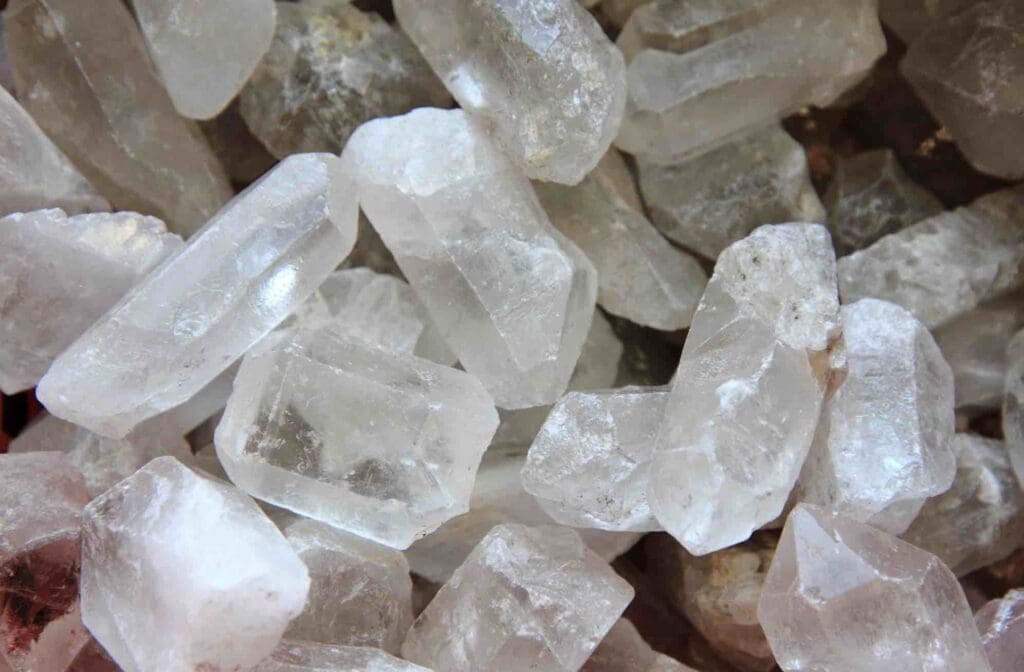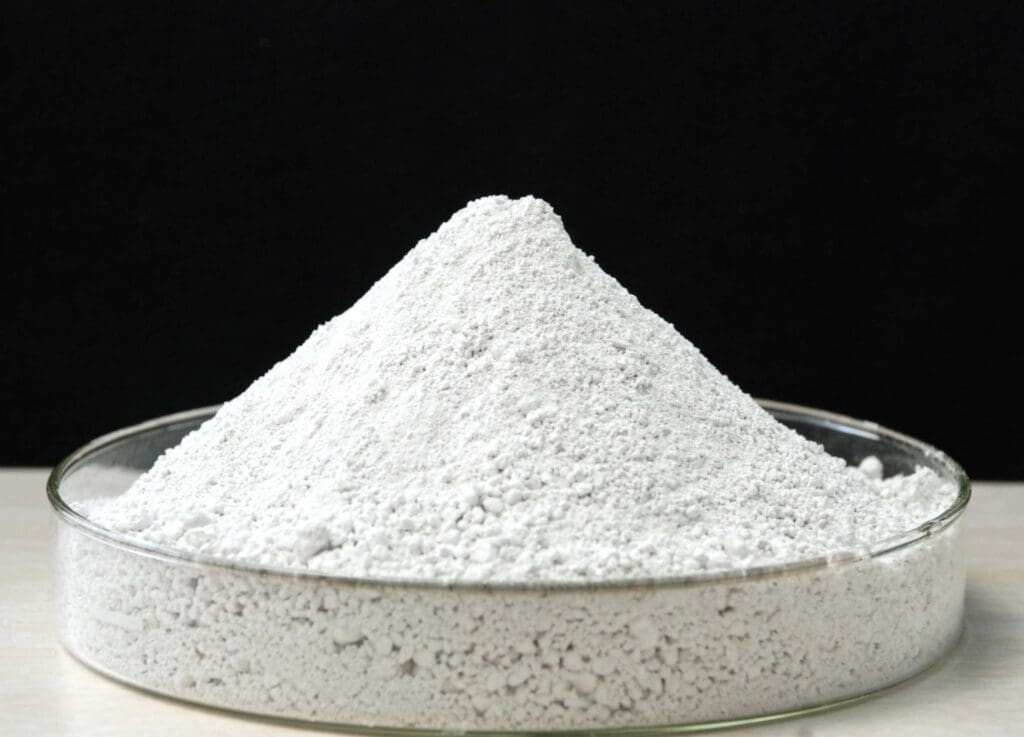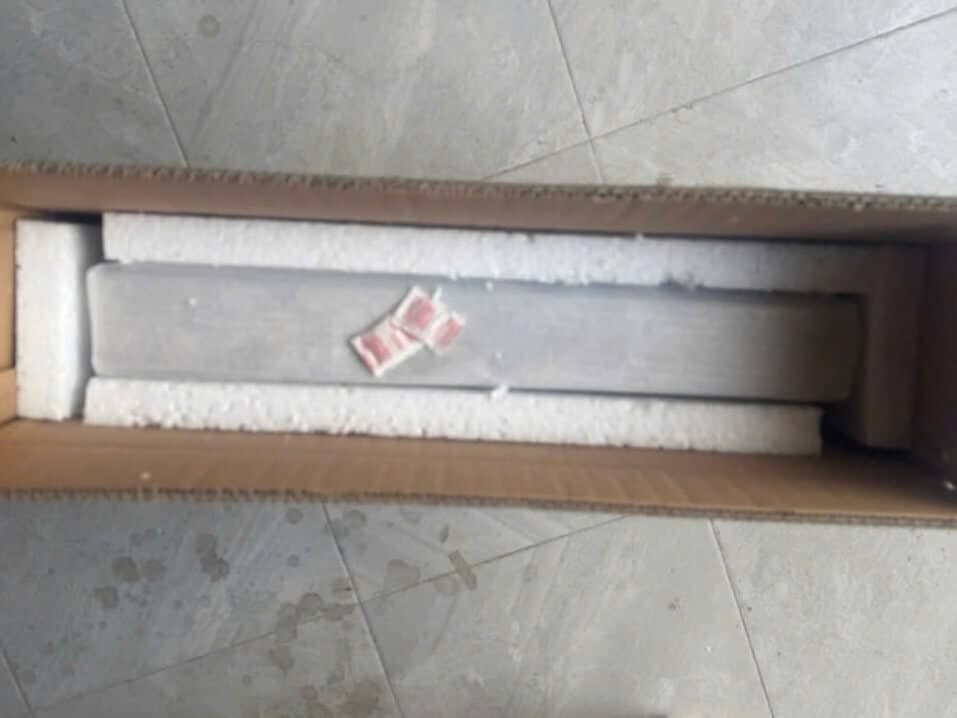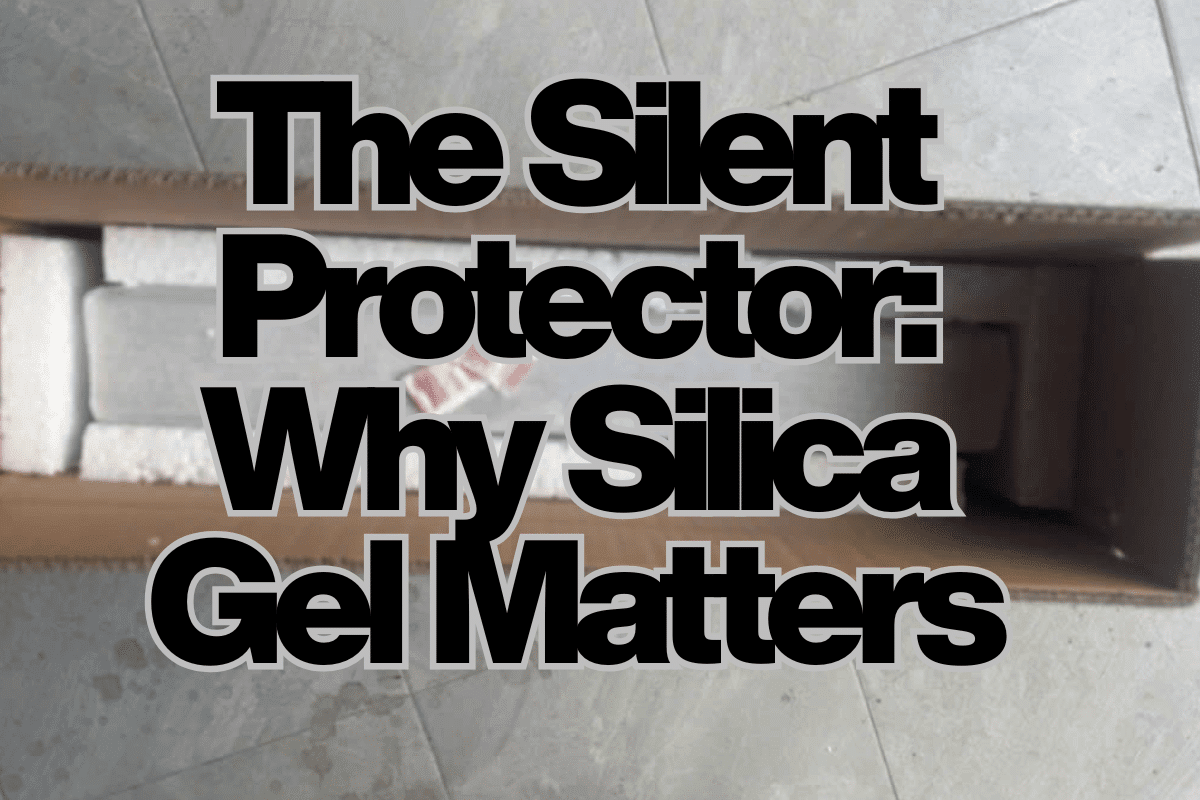In our fast-paced world, we often overlook the small things that make a big difference. One such unsung hero is silica gel—the tiny packets that come with various products, from home decor to electronics to shoes.
While they may seem insignificant, these little packets play a crucial role in protecting our valuables from the invisible enemy: moisture. Read on as we will explore the hidden power of silica gel, its real-world applications, and how to maximize its effectiveness.
Table of Contents
- The Hidden Power of Those Tiny Packets
- Why Silica Gel is Essential in Exporting Products
- The Invisible Enemy: How Moisture Silently Damages Your Valuables
- Color Clues: Decoding Your Silica Gel’s Status
- Recharge or Discard: The Ultimate Decision Matrix
- Maximizing Longevity: Pro Tips for Silica Gel Users
- Beyond the Packet: Creative Uses & The Future of Desiccants
- What’s Next in Moisture Control?
- Deep Dive Podcast
- Related Content
The Hidden Power of Those Tiny Packets
Silica gel is a desiccant, which means it absorbs moisture from the air. When you open a home decor basket, new pair of shoes or an electronic device, you might find a few silica gel packets tucked inside. These packets are more than just packing peanuts; they are your first line of defense against humidity.
Real-World Scenarios Where Silica Gel is Your Ultimate Humidity Bodyguard
- Electronics: Moisture can cause severe damage to electronics, leading to malfunctions and short circuits. By placing silica gel packets in your electronic devices or storage boxes, you can help prevent moisture buildup and extend their lifespan.
- Heirlooms: Family heirlooms, such as photographs, jewelry, and antiques, are often sensitive to humidity. Silica gel can help preserve these precious items by maintaining a stable environment, preventing mold and deterioration.
- Tools: Rust and corrosion are common problems for tools, especially in humid climates. Storing tools with silica gel packets can help keep them dry and in good condition, ensuring they remain functional for years to come.
Why Silica Gel is Essential in Exporting Products
Whenever Mondoro exports any products, one of the first things we ensure is included in the packaging is silica gel packets. Sometimes, we may add several packets within a product, and we even place some in the shipping container to help manage humidity during transit to our clients.
When exporting products, the inclusion of silica gel packets is not just a precaution; it is essential for several reasons:
- Protection During Transit: Products often endure varying temperatures and humidity levels during transportation. Silica gel absorbs excess moisture, protecting items from condensation that could lead to damage.
- Maintaining Quality: For many products, especially food, pharmaceuticals, and electronics, maintaining quality during shipping is critical. Silica gel helps ensure that these products arrive in optimal condition, preserving their integrity.
- Cost-Effectiveness: Preventing damage during transit reduces the likelihood of returns, replacements, and customer complaints, ultimately saving companies money and enhancing their reputation.
- Regulatory Compliance: Some industries have strict regulations regarding moisture control. Including silica gel in packaging can help companies comply with these standards, ensuring safe delivery.
In fact, when you receive a product with silica gel and live in a humid area, you don’t need to toss it out. Instead, you can simply leave it in the box or basket, allowing the gel to continue its work of collecting moisture until you start to notice a change.

The Invisible Enemy: How Moisture Silently Damages Your Valuables
Moisture is a silent destroyer. It can lead to mold growth, rust, and degradation of materials without any visible signs until it’s too late.
For example, wood can warp, metal can corrode, and paper can become brittle due to excess humidity. Silica gel acts as a moisture barrier, absorbing excess humidity before it can cause damage.
How Silica Gel Fights Back
Silica gel works by adsorbing moisture from the air. When humidity levels rise, the gel captures water molecules, keeping the surrounding environment dry. This simple yet effective mechanism is why silica gel is widely used in various industries, from food packaging to pharmaceuticals.
Color Clues: Decoding Your Silica Gel’s Status
One of the fascinating aspects of silica gel is its ability to change color, providing visual cues about its moisture saturation.
The Magic of Color-Changing Beads
Many silica gel packets contain color-changing beads that shift from blue to pink or orange to green as they absorb moisture.
- Blue to Pink: Indicates that the silica gel is saturated and needs to be recharged.
- Orange to Green: Similar to the blue beads, this color change signals that the gel has absorbed moisture and is no longer effective.
Beyond the Colors: Understanding the “Feel Test”
While color changes are helpful, they are not the only indicators of saturation. The “feel test” can also provide clues. Saturated silica gel feels slightly damp to the touch, while dry gel feels crisp and lightweight.

The Surprising Impact of Humidity Levels
Humidity levels can affect how quickly silica gel becomes saturated. In high-humidity environments, silica gel will absorb moisture faster than in drier conditions. This variability means that regular monitoring is essential to ensure optimal performance.
Recharge or Discard: The Ultimate Decision Matrix
When your silica gel packets change color or feel damp, you have two options: recharge or discard.
The Science of “Baking” Your Silica Gel
Recharging silica gel is a simple process. Here’s how to do it effectively:
- Oven Method: Preheat your oven to 250°F (120°C). Spread the silica gel on a baking sheet and heat for 1-2 hours. Allow it to cool before using it again.
- Sun Method: On a sunny day, spread the silica gel packets outside for a few hours. The heat from the sun can help evaporate the moisture.
Another method that is commonly prescribed is the microwave method; however, we do not recommend it due to the risk of overheating.
Since silica gel packets are inexpensive, we suggest that if they are no longer effective, it’s best to simply buy new ones. In our opinion, this is the easiest and most effective approach.
When Enough is Enough
Sometimes, silica gel can become ineffective due to irreversible damage or degradation. Signs that it’s time to discard your silica gel include:
- Color Change: If the color does not revert after recharging, it may be time to replace it.
- Physical Damage: If the packets are torn or broken, they may not function properly.
- The “Sniff Test”: If silica gel emits an unusual odor, it’s a sign that it has absorbed contaminants and should be discarded.
Maximizing Longevity: Pro Tips for Silica Gel Users
To get the most out of your silica gel, consider the following tips:
Storage Secrets
Store unused silica gel in a cool, dry place away from direct sunlight. Airtight containers can help keep them fresh and ready for action.
The Power of Placement
Strategically placing silica gel packets in different environments can enhance their effectiveness. For example, placing them in closets, toolboxes, and storage bins can help control humidity levels.

Beyond the Packet: Creative Uses & The Future of Desiccants
Silica gel’s versatility extends beyond traditional uses. Here are some unexpected applications:
Unexpected Applications
- Extending Flower Life: Silica gel can be used to dry flowers, preserving their beauty for years.
- Drying Wet Phones: If your phone gets wet, placing it in a bag of silica gel can help absorb moisture and potentially save it from damage.
The Environmental Impact
As we become more aware of environmental issues, responsible disposal of silica gel is essential. Many packets are non-toxic and can be safely thrown away, but it’s important to check local regulations for disposal guidelines.
What’s Next in Moisture Control?
The future of moisture control looks promising. Innovations in desiccant technologies, such as biodegradable and sustainable alternatives, are being explored. These advancements aim to provide effective moisture control while minimizing environmental impact.
Silica gel may be small, but its impact is significant. From protecting electronics to preserving heirlooms, these little packets are silent protectors against moisture damage. By understanding how to use and recharge silica gel effectively, you can ensure that your valuables remain safe from the invisible enemy of humidity. Embrace the power of silica gel and make it a staple in your moisture control arsenal!
Deep Dive Podcast
Join us for our Deep Dive Podcast about Silica Gels.
If you are interested in seeing how Mondoro can help you with your acacia and teak wood, and other home decor products – we would love to talk to you about how we can help you.
Find out more about how Mondoro can help you create, develop, and manufacture excellent home decor and furniture products – don’t hesitate to contact me, Anita. Check out my email by clicking here or become a part of our community and join our newsletter by clicking here.
Mondoro gives out a FREE Lookbook to anyone interested. You can receive a copy of our latest Lookbook by clicking here.
Listen to our Podcast called Global Trade Gal. You can find it on all major podcast platforms. Try out to listen to one of our podcasts by clicking here.
Subscribe to our Mondoro Company Limited YouTube Channel filled with great videos and information by clicking here.
Related Content
From Forests to Fine Art: Acacia’s Untold Story
Acacia wood is often perceived merely as a practical choice for furniture and kitchenware. However, this perception overlooks its rich history, remarkable durability, and versatility. In this blog post, we will explore the fascinating journey of Acacia, from its ancient uses to its modern applications, revealing the untold story of a material that has stood the test of time.
Read our blog on From Forests to Fine Art: Acacia’s Untold Story by clicking here.
How Tariffs Hurt Small and Medium Enterprises (SMEs)
Explores how tariffs hurt SMEs, explaining why they struggle to adapt to rising costs and how this impacts the broader economy. It also examines the vicious cycle of higher prices, reduced sales, and economic inefficiency that tariffs create, ultimately making them a damaging solution for global trade challenges.
Read more about How Tariffs Hurt Small and Medium Enterprises (SMEs) by clicking here.
What Is Natural Rattan Material Made Of?
Originating from the dense tropical rainforests, rattan is more than a material for your favorite wicker chair or basket. Read on as we guide you through the intricate journey of rattan, from its origins in the Calamoideae subfamily of the palm family to the craftsmanship involved in converting it into an array of beautiful and functional items. Join us as we unravel the secrets of natural rattan, and explore how it compares to its synthetic counterpart.
You can discover more by reading What Is Natural Rattan Material Made Of? by clicking here.

